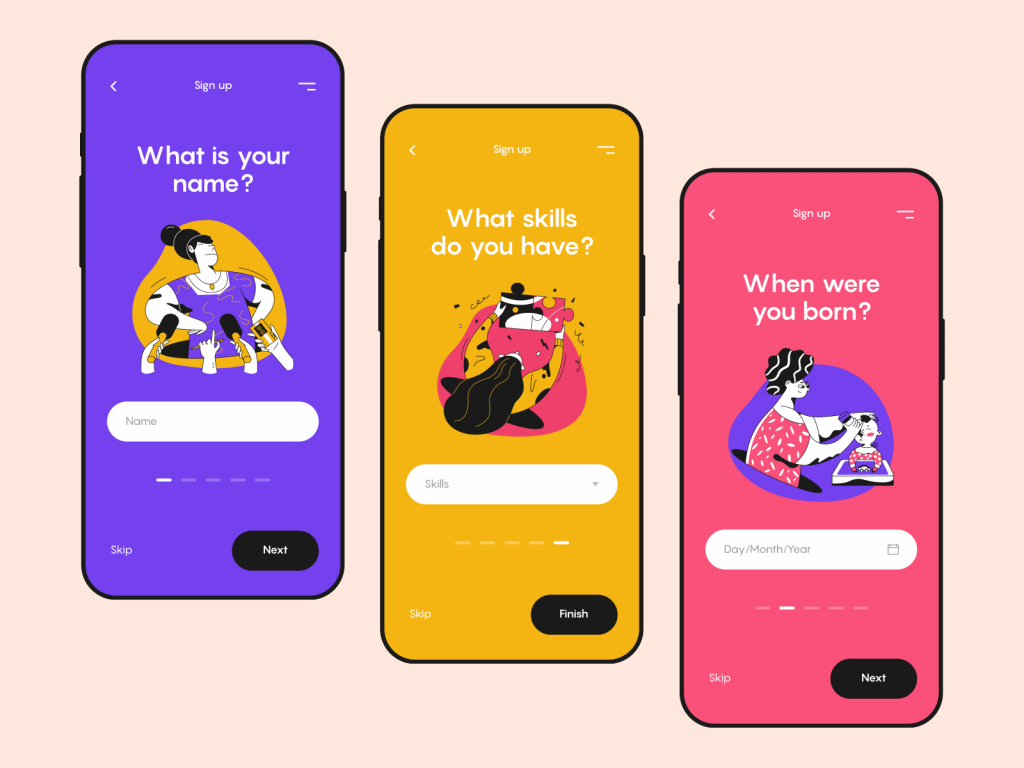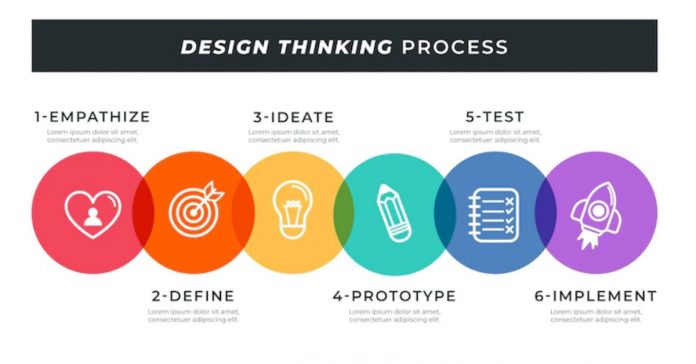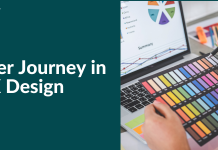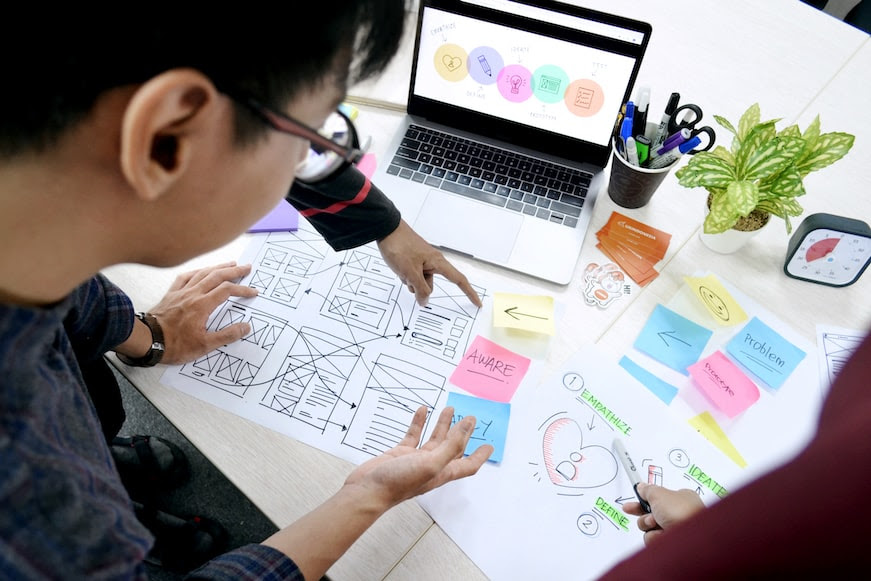Experts prefer following the design thinking process to understand the user pain points and create market-fit prototypes to test the ideas.
With the advancement of technology, humans are swimming in the pool of innovation and designs. Each day more than hundreds of new applications and software are launched in the market for users to consume.
With innumerable choices, it is obvious that we as users will go for the ones that appeal to us at some personal level. The user experience has much to do with the design of an application.
So if you want to create a digital solution that reaches a good audience, you must understand design thinking methodology. In this blog, we will discuss the design thinking process and how to create better UX with it.
Over the years new concepts have emerged in the UX design industry. These concepts help businesses to perform rigorous user analysis and develop tools and processes to get deep insight into the users’ minds.
One such influential practice that can help designers understand what works better for the users is the Design Thinking process. This approach is gradually becoming so popular that even the industry tech giants like Apple, Google, and Samsung are rapidly adopting Design Thinking for an improved user experience and better designs.
Its popularity doesn’t cease there. Major universities Stanford, Harvard, and MIT have added Design Thinking teaching lists.
What is Design Thinking Process?
Design Thinking is an iterative approach that helps designers to understand the end user. Focusing on the users you’re creating, leads you to develop better products, services, and internal processes.
At the same time, it also works as a problem-solving approach. It helps us in questioning the problems and implications of our product design.
This approach lets us re-frame all the problems in a human-centric way so that we are able to find solutions that are more appealing to the users while also providing us with a hands-on approach when it comes to prototyping and testing.
But most importantly, Design Thinking lets us empathize with the end users.
Want to learn the UI/UX design process that experts follow while wireframing an app? Read this guide on UI/UX design process to gain in-depth insights.
Empathy: An Important Element of Design Thinking
Design Thinking methodology revolves around empathy, which is our ability as humans to see, feel and experience things that others are going through.
Through empathy, we see the world through their eyes and although we can never fully experience what they see or feel, we can always attempt to try and get as close as possible. This is only possible when we put our own ideas and perception aside.
Today, empathy is a crucial aspect of any business’s growth. For any product to be successful, it has to be viable and feasible. But one key parameter that is oftentimes ignored is that it has to be desirable.
And the only way to design a product that is desirable is by understanding the end user’s needs, experiences and preferences. That is when empathy comes into play.
You can never design a solution that is created without empathy. One such example of that statement is the commercial failure of Google Glass, Google’s first wearable product in 2013. So much so that Google has effectively adopted the Design Thinking approach since then.
Different Stages of the Design Thinking Process

There are 5 simple stages that form a design thinking framework of trial and validation. This framework provides the entire development team with the information based on which they can create just the right and desirable product for the end users.
1. Empathize
We have already established that empathy is the crucial first step of any product development journey. This stage is completely user-centered and lets you understand them, who they are, what are their problems, wants, needs, etc. This stage will mainly contain brainstorming sessions where you will define all the important questions and try to find answers to those keeping the end user in mind.
2. Define
In the second stage, you organize all the conclusions you arrived at during the brainstorming. This stage will also let you focus on your own research and come up with effective problem-solving methods.
Apart from the information you have collected based on your target audience, it’s also necessary that you do an appropriate bit of market research as well, based on your competitors. Many apps fulfill the end user’s needs but only a few stand out.
3. Ideate
The third stage is where you put all your information to the right use and come up with the idea for your end product. If you have performed the starting two stages on the mark, the third stage will come easy to you. With all the information collected in the first two phases, by now you will have a crystal clear idea of what your product will look like.
So put your user story map to use and bring your idea to life.
4. Prototype
The second last stage of the Design Thinking approach is the prototyping phase. Here you come up with a clickable mockup of your actual product so that users can use it.
A better approach to prototyping is building an MVP or the Minimum Viable Product. An MVP has enough features for the early users based on which you get all the viable feedback you require for future development and corrections.
Looking for MVP development services? Our MVP development company offers out-of-the-box MVP development services to bring your product to life.
5. Test
The final stage is the testing stage. You launch your prototype or MVP and let your target audience experience it. In this stage, you are strictly focused on the functionalities of your MVP, and how users experience these functionalities.
This stage lets you gain essential feedback and you can create the final product accordingly. And even though you have a well-defined final solution, there’s always room for improvement.
Final Words
Today Design thinking is an essential part of product development and implementation. Design Thinking can also be defined as thinking out of the box as with the ever-evolving design ecosystem, designers are constantly looking for new ways of thinking of active problem-solving.
The basic intention is always to develop improved products by knowing and analyzing how users interact with our solutions. Design Thinking opens the door to better and improved user experiences.
New to the design world? Our mobile app design company can help you turn your ideas into an engaging reality.









